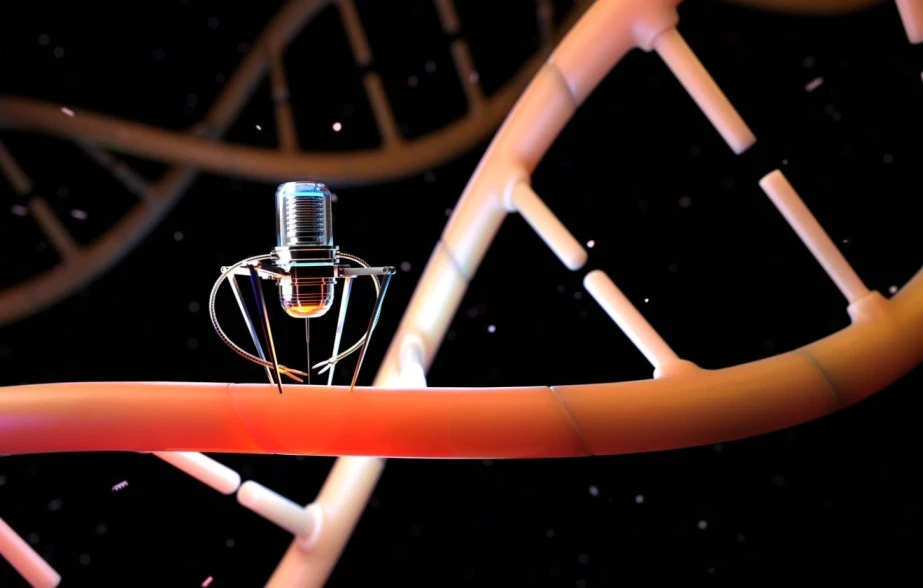Modernize medicine
Nanorobots may revolutionize medicine in the future. Smaller than today’s robotics, bacteria-sized robots could help doctors treat everything from cancer to heart disease. Robots may work independently or in groups to treat illnesses and other ailments.
Beginnings of Nanotechnology
Most antiquarians credit the idea of nanotechnology to physicist Richard Feynman and his 1959 discourse, “There’s A lot of Room at the Base.”
In his discourse, Feynman envisioned every day when machines could be scaled down and colossal measures of data could be encoded in little spaces, preparing for troublesome mechanical turns of events.
In any case, it was K. Eric Drexler’s 1986 book, Motors of Creation: The Approaching Period of Nanotechnology, which truly set the thought up for life.
The Eventual fate of Nanotechnology
The eventual fate of nanotechnology is a totally unknown area. It is remarkably difficult to foresee all that nanoscience will bring to the world thinking about that this is a particularly youthful science.
There is the likelihood that the eventual fate of nanotechnology is exceptionally brilliant, that this will be the one study representing things to come that no other science can live without. There is likewise an opportunity that this is the science that will make the world exceptionally awkward with the possible ability to change the world.
Various Kinds of Nanorobots and Applications
There are various kinds of nanorobots — here are only a couple.
The littlest motor at any point made: “A gathering of physicists from the College of Mainz in Germany as of late constructed the littlest motor at any point made from only a solitary particle. Like some other motors, it changes over heat energy into development — yet it does as such on a more limited size than at any other time seen previously. The molecule is caught in a cone of electromagnetic energy and lasers are utilized to warm it up and chill it off, which makes the iota move this way and that in the cone like a motor cylinder.” (Source)
3D-movement nanomachines from DNA: “Mechanical architects at Ohio State College have planned and developed complex nanoscale mechanical parts utilizing ‘DNA origami’ — demonstrating that the very fundamental plan rules that apply to ordinary standard size machine parts can now additionally be applied to DNA — and can create perplexing, controllable parts for future nanorobots. (Source)
Nanoswimmers: “ETH Zurich and Technion scientists have fostered a flexible “nanoswimmer” polypyrrole (Ppy) nanowire around 15 micrometers (millionths of a meter) long and 200 nanometers thick that can travel through natural liquid conditions at very nearly 15 micrometers each second… The nano swimmers could be functionalized to convey drugs and attractively controlled to swim through the circulation system to target malignant growth cells, for instance.” (Source)
Insect like nanoengine with 100x power per unit weight: “College of Cambridge specialists have fostered a little motor fit for a power for each unit-weight almost multiple times higher than any engine or muscle. The new nano-motors could prompt nanorobots adequately little to enter living cells to battle infection, the specialists say. Teacher Jeremy Baumberg from the Cavendish Lab, who drove the examination, has named the gadgets ‘inciting nanotransducers‘ (Insects). ‘Like genuine insects, they produce enormous powers for their weight… ‘ ” (Source)
Nanorockets: “Recently, some scientific groups combined nanoparticles with organic particles to create a quick, remote-controlled nanoscale rocket. The scientists want to develop the rocket so that it may be used in any environment, perhaps to deliver medication to a specific area of the body.” (Source)
